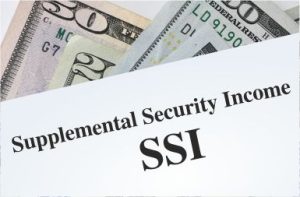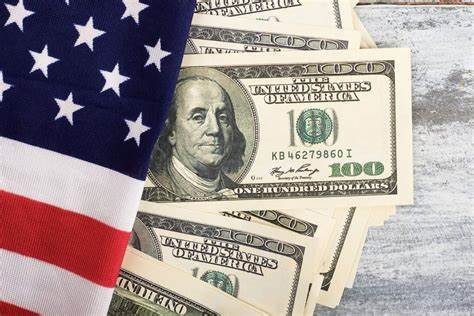Monthly Supplemental Security Income payments of up to $914 for single filers are scheduled to arrive in nine days.

SSI means Supplemental Security Income (Photo: PracticeAreas)
According to the article from Washington Examiner, due to a scheduling snafu, the September 1 payment will be the first of two payments delivered to beneficiaries in September.
Due to the fact that benefits are delivered to recipients on the first of the month, when the first of the month falls on a weekend or a holiday, the Social Security Administration issues SSI checks on the business day preceding the month to ensure beneficiaries receive the check by the first of the month.
As a result of this oddity, recipients receive two checks in the same calendar month several times a year. However, recipients will continue to receive only 12 checks each year, one for each month. This year, two payments will be delivered in the same month in four months: March, June, September, and December. In April, July, October, and January 2024, the beginning of the month falls on a weekend or holiday.
The next payment will be made to beneficiaries on September 1, and the payment for October will be made on September 29 because September 30 and October 1 are weekends.
READ ALSO: Student Loan Forgiveness Debt Relief: Department Of Education Forgives $39 Billion In Student Loan Debt, Over 804,000 Borrowers Qualify
Beneficiaries’ payout amounts differ depending on their status.
According to the article from MSN, the amount of money that beneficiaries receive is determined on the category in which they filed. Each month, eligible couples can get up to $1,371. According to the SSA, those who file independently can receive up to $914 per month, while important people who live with and care for people receiving SSI benefits can receive up to $458 per month. However, not every recipient receives the full amount.
The government began issuing SSI payments in January 1974, and payment rates for cost-of-living adjustments have grown since 1975, according to the agency. Based on June figures, the cost-of-living adjustment for 2024 is estimated to be about 3% higher.
READ ALSO: Lotto 47 Ticket Worth $8.75 Million Won By Michigan Resident









